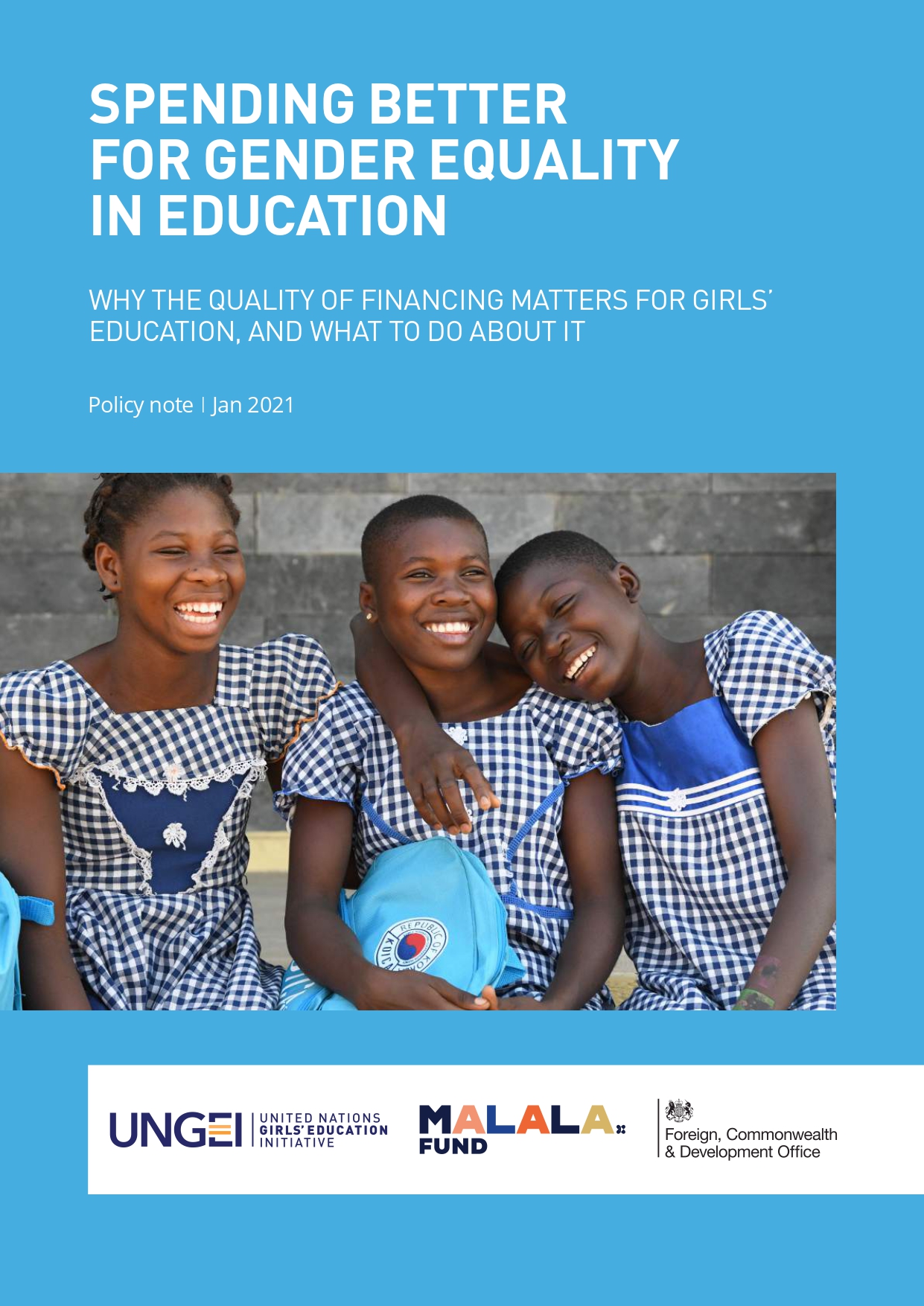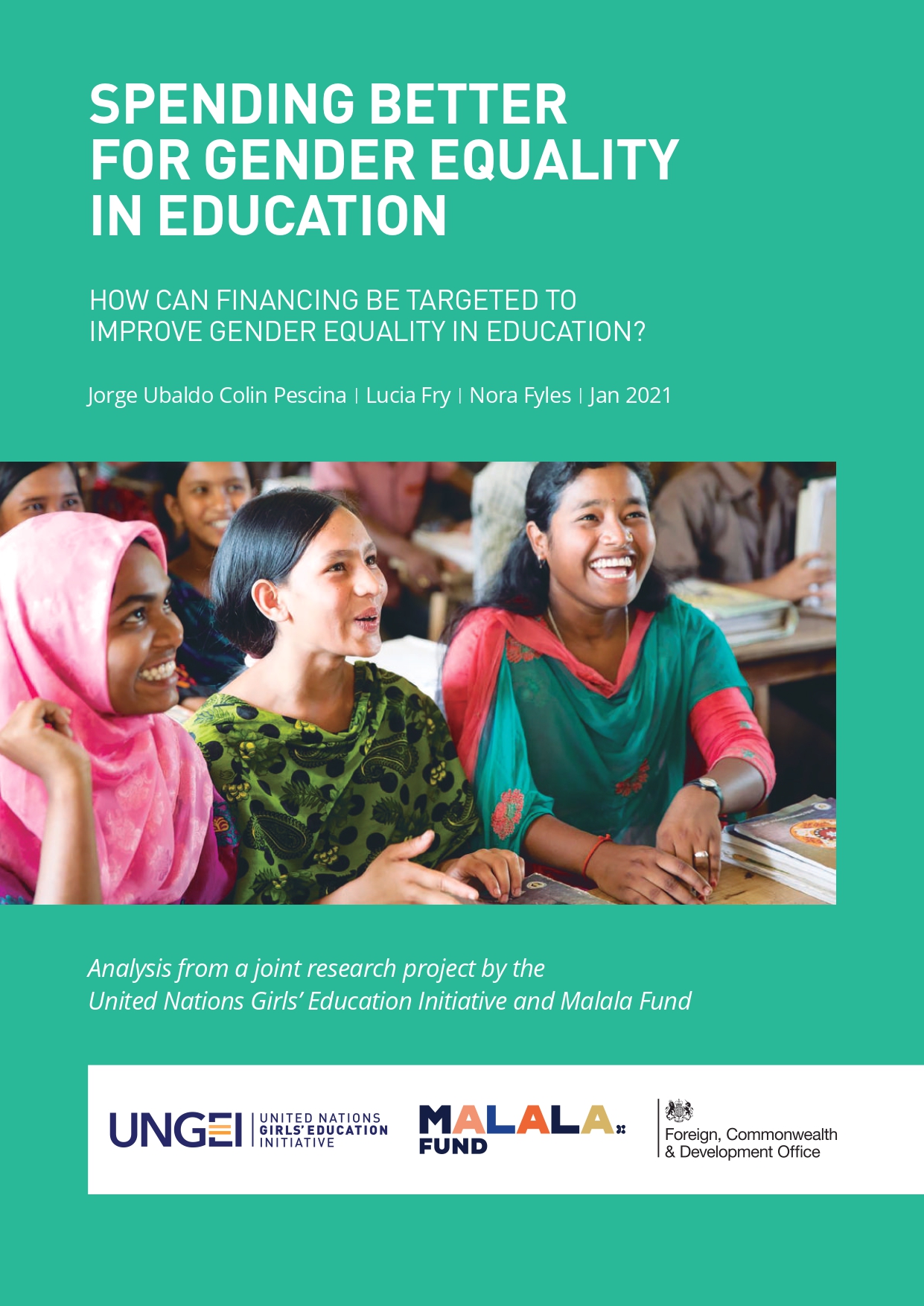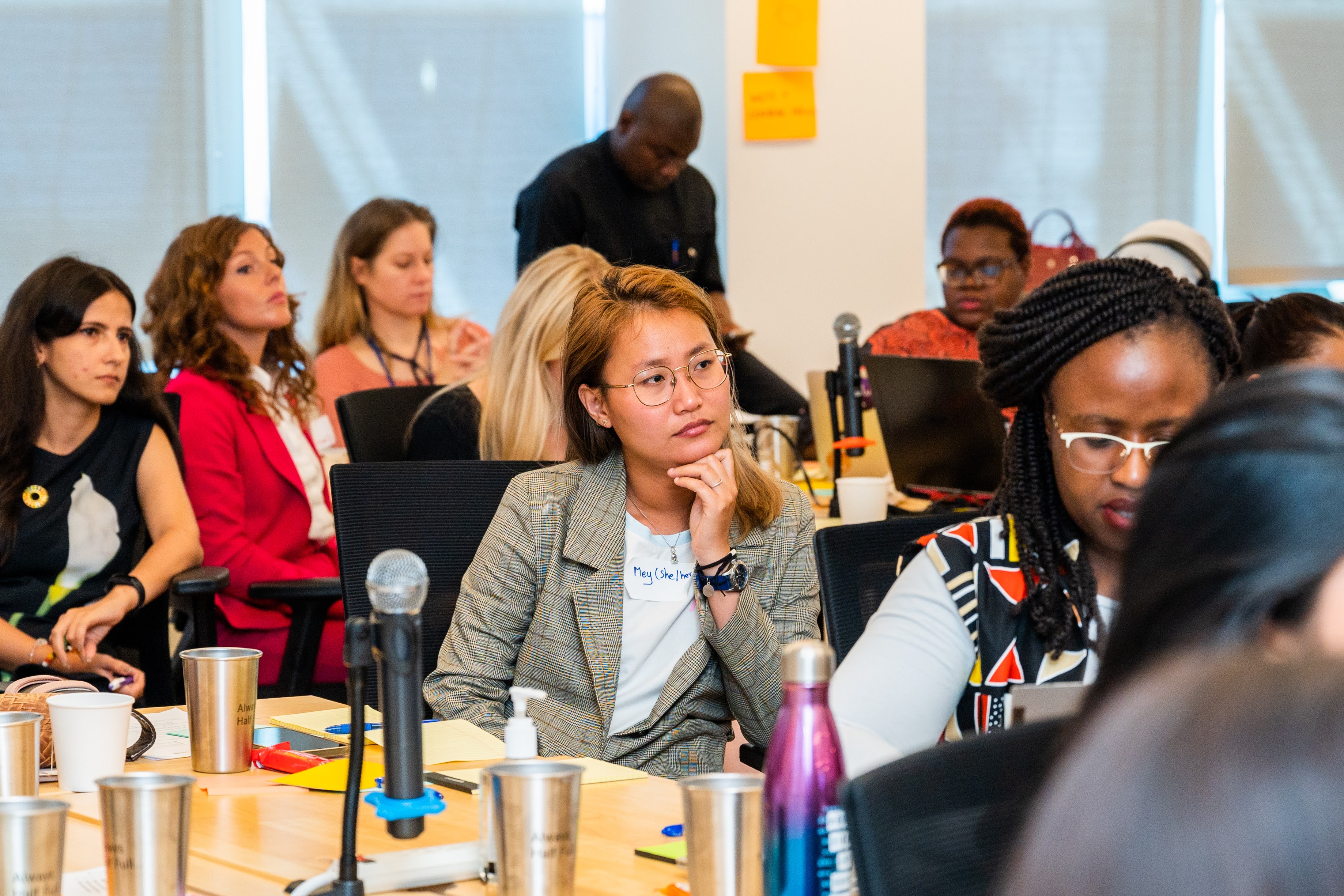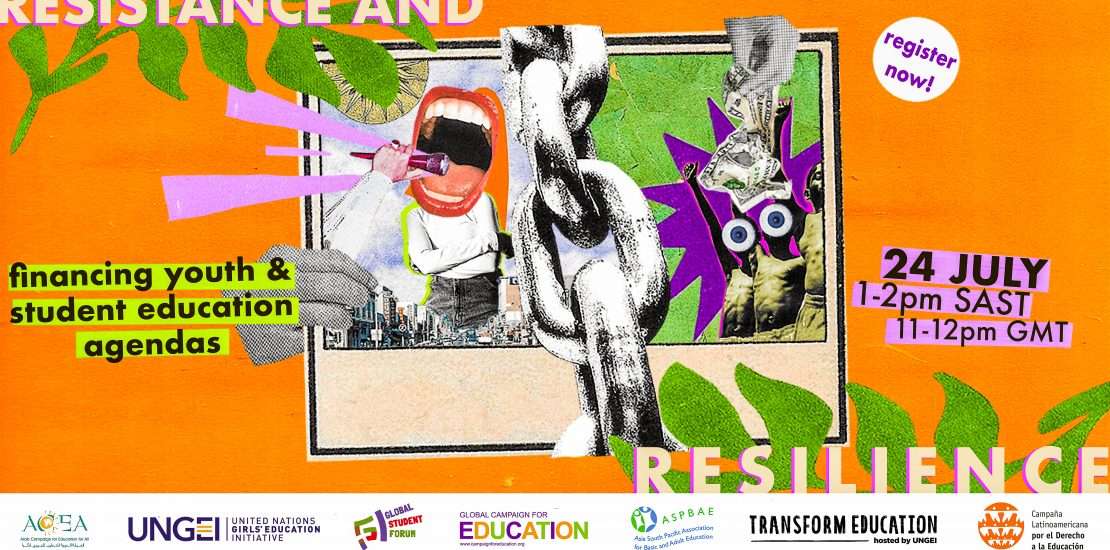Spending Better for Gender Equality in Education
Subscribe to our Knowledge Hub alerts
How can financing be targeted to improve gender equality in education?
Even before the COVID-19 pandemic swept through the world, 129 million girls were out of school. Now, many millions more have experienced a hiatus to learning due to the crisis. Tragically, for some this will represent the end of their education altogether. Pre-existing gender inequalities have been intensified by the crisis, and as governments adjust their budgets to deal with the crisis and look towards recovery strategies, they must be aware of the different implications their decisions will have on girls and boys, and seek to redress these inequalities.
The unprecedented disruption to education has also been widely recognized as an opportunity to change the status quo and introduce new, gender-responsive measures to transform our education systems. Based on a desk review and two case studies, the Spending Better for Gender Equality in Education research, a joint initiative from the UN Girls' Education Initiative (UNGEI) and Malala Fund, highlights two promising, yet underutilized tools to allocate resources equitably, effectively and efficiently for girls’ education. Determining how to make every cent of education funding work for girls is more important than ever. The research report and policy note provide important recommendations for the different actors supporting better financing for gender equality in education.





 English
English العربية
العربية Български
Български Hrvatski
Hrvatski Čeština
Čeština Dansk
Dansk Nederlands
Nederlands Suomi
Suomi Français
Français Deutsch
Deutsch Ελληνικά
Ελληνικά हिन्दी
हिन्दी Italiano
Italiano Română
Română Русский
Русский Español
Español Maltese
Maltese Zulu
Zulu አማርኛ
አማርኛ